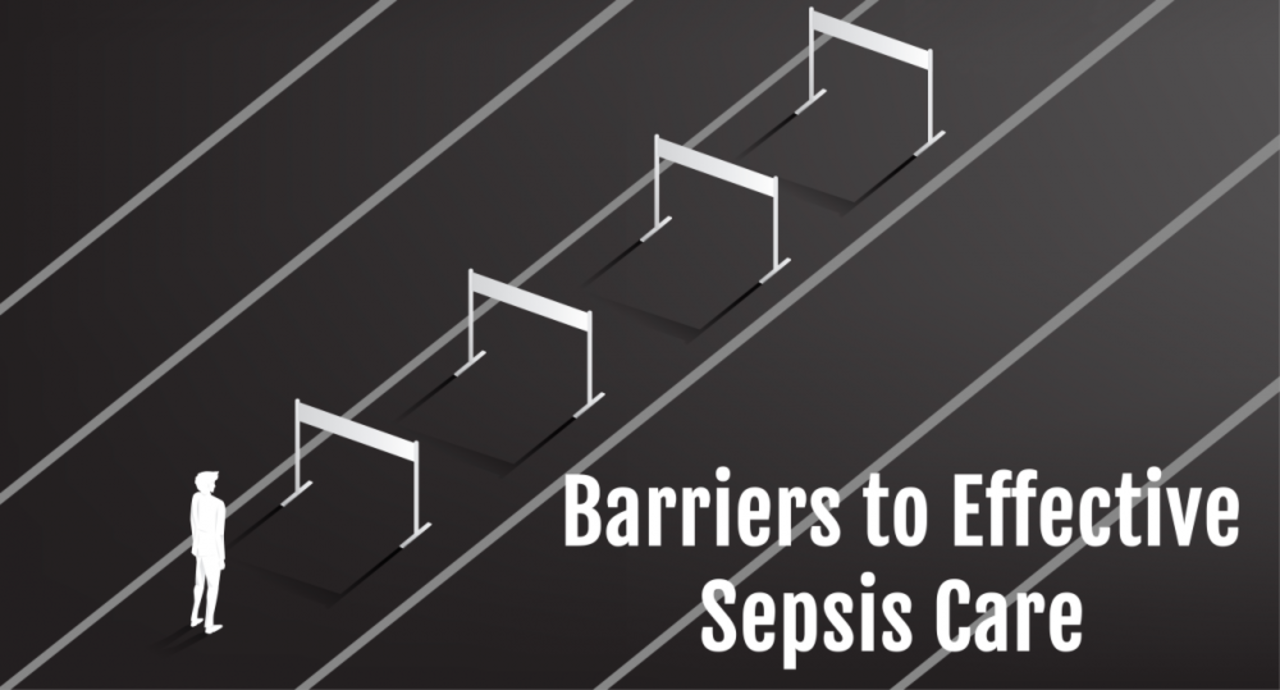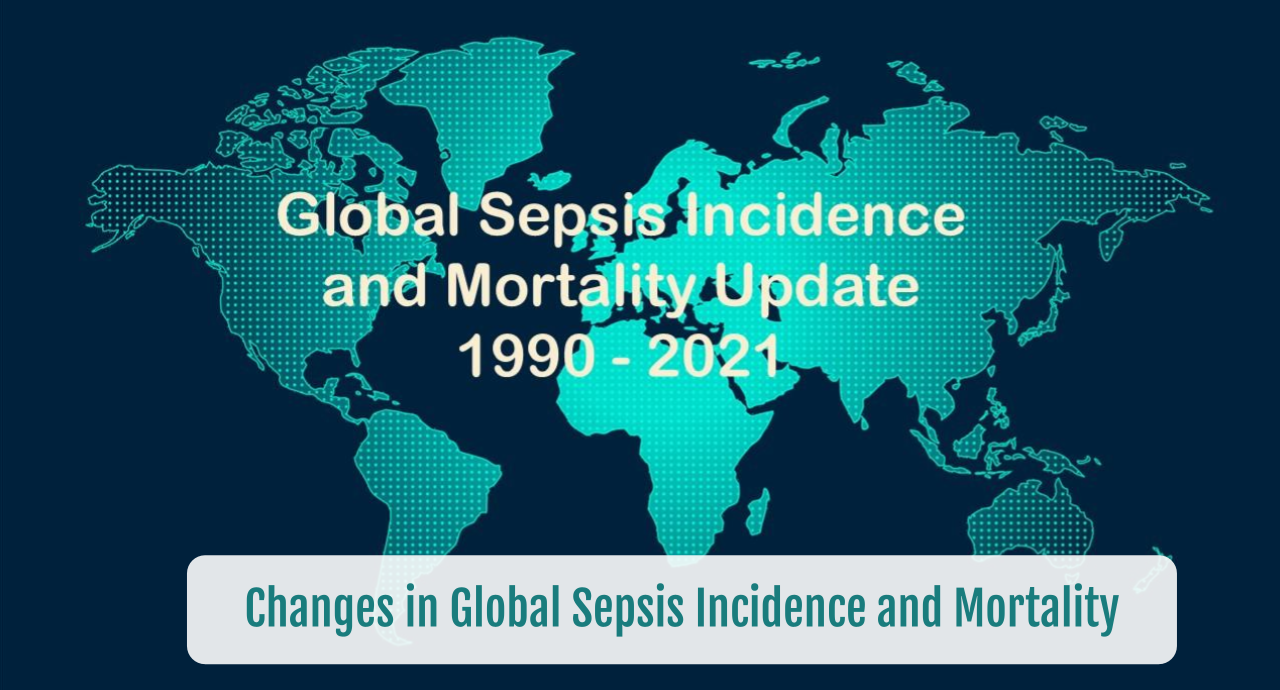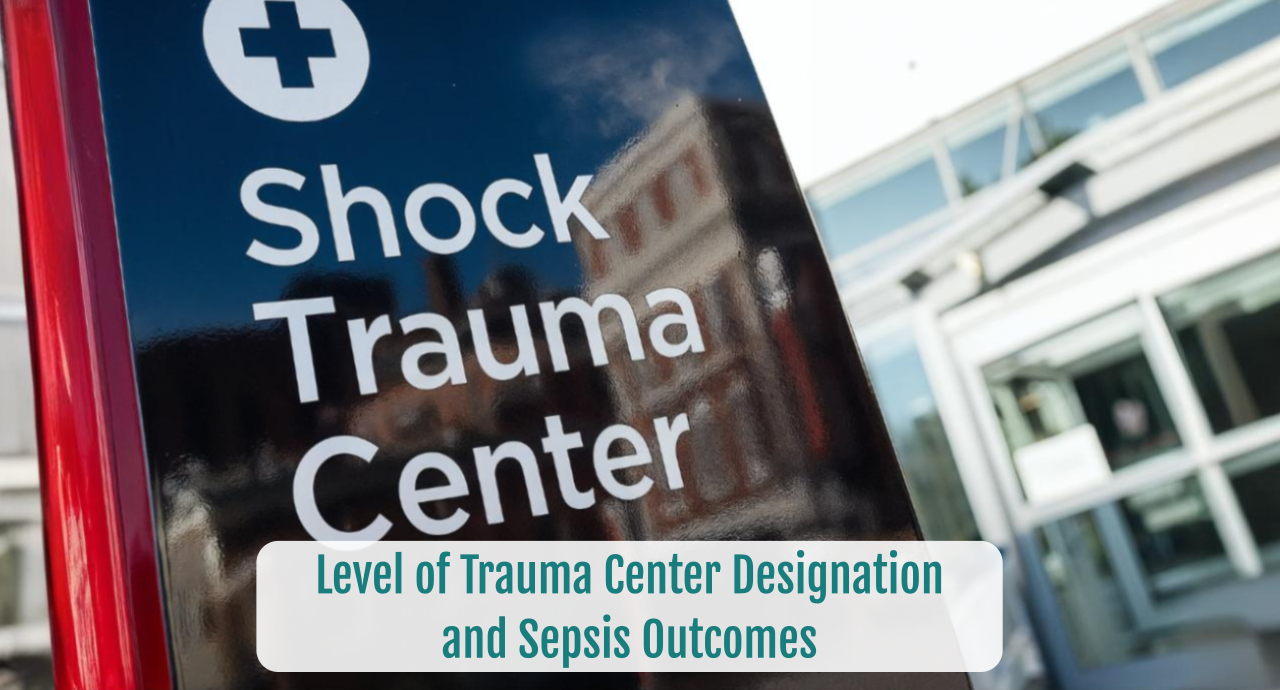4 Barriers to Effective Sepsis Care
SUMMARY
- 1.7 million adult sepsis cases in U.S. annually
- 270,000 deaths annually with an overall mortality rate of 27-36%
- Despite recent advances there remains ongoing discussions regarding the best definitions, methods of screening and appropriate treatment selection or amounts to administer
- These remain common barriers to successful sepsis care programs
BACKGROUND
Over the past several decades, evolving recommendations from key influencers such as the three consensus conferences, the Surviving Sepsis Campaign, and regulatory bodies have focused on the definition and quality improvement of sepsis care.
While these statements have raised the awareness of the major morbidity and mortality caused by sepsis, they have also produced challenges and confusion due to conflicting opinions.
REVIEW of the Most Common Barriers
1. Recognition of Sepsis
The current definition of sepsis is a “life threatening organ dysfunction caused by dysregulated host response to infection.”
The 3 necessary components include:
- a “dysregulated” host response – implying there is a regulated host response;
- documented or suspected infection – up to one-third of patients will not have positive organism cultures;
- organ dysfunction.
Proactive Screening
Proactive Screening of all patients for sepsis remains a daunting challenge for hospitals. Sepsis screening should not only occur on admission, but should occur in every patient, every shift, every day. Sepsis screening should begin within the emergency department (ED) upon triage and continue throughout the patient’s stay.
Use of screening criteria
The low positive predictive value of virtually all screening criteria also contribute to the challenge. Comparison of screening criteria (SIRS, qSOFA, MEWS) show varying results.Many sites continue to use the presence of 2 out of 4 Systemic Inflammatory Response Syndrome (SIRS) criteria as an initial screen.
- The advantage of “2 out of 4 SIRS” is its ease of use.
- The disadvantage of 2 out of 4 SIRS is it’s outdated nature, being developed in 1991, and a positive indicator occurring in a number of other conditions.
Window between Onset of Sepsis and Identification is delayed
The timeframe to begin appropriate management is crucial. As sepsis knowledge has evolved, timeframes to initiate critical treatments have diminished. Although these treatments are an “all or none” consideration (i.e., missing 1 element means the entire treatment bundle has been missed), it is not known if certain items are of greater importance than others and if timing really matters.
2. Elements of Sepsis Management
The elements of sepsis management are not controversial: The consensus recommendations are for fluid resuscitation and antimicrobial administration within 1 hour of sepsis presentation.
However, the evidence supporting these recommendations are of questionable quality and have been openly challenged in the literature. Appropriate amounts of fluid, drug selection (antibiotics, vasoactives) and timing of administration remain challenging.
3. Achieving all bundle elements within specified timeframe
As the timing for completion of all sepsis management elements has progressively decreased, so has the ability to meet this challenge. The more difficult question is when the “Sepsis Clock” actually starts ticking (i.e., T-0). There are different definitions for T-0 based on patient location (ED vs. inpatient).
- Definition of true sepsis onset to initiate timing (T-0)
- Achievement of hemodynamic endpoints
- Late or inappropriate antibiotics
4. Effective data collection to minimize CMS rejections
Since 2015, the Centers for Medicare and Medicaid Services (CMS) have instituted a sepsis quality measure as part of inpatient hospital reporting, known as SEP-1. This program has resulted in considerable controversy due to several factors including:
- Large burden of data abstraction
- Potential for future financial penalties
- CMS definitions are based on previously established sepsis definitions and are not consistent with the most recent Sepsis Consensus Conference guidelines.
CONCLUSIONS
Sepsis is an important target for surveillance, prevention and quality improvement initiatives.
A system based approach, with adherence to current bundle recommendations, will help to reduce the morbidity and mortality associated with sepsis.
Knowing the barriers to successful sepsis care will help develop the strongest possible program.
Next week’s article will review the evolution of the definition of sepsis, comparing and contrasting the changes from 1991 to the present.
To receive articles like these in your Inbox, you can subscribe to Sepsis Program Optimization Insights.
Erkan Hassan is the Co-Founder & Chief Clinical Officer of Sepsis Program Optimization where he designs & oversees the implementation of solutions to optimize sepsis programs.
To discuss your organization’s Barriers of Effective Sepsis Care, contact Erkan by phone (844) 4SEPSIS (844-473-7747), email (erkan@spo.icu), or video chat.





